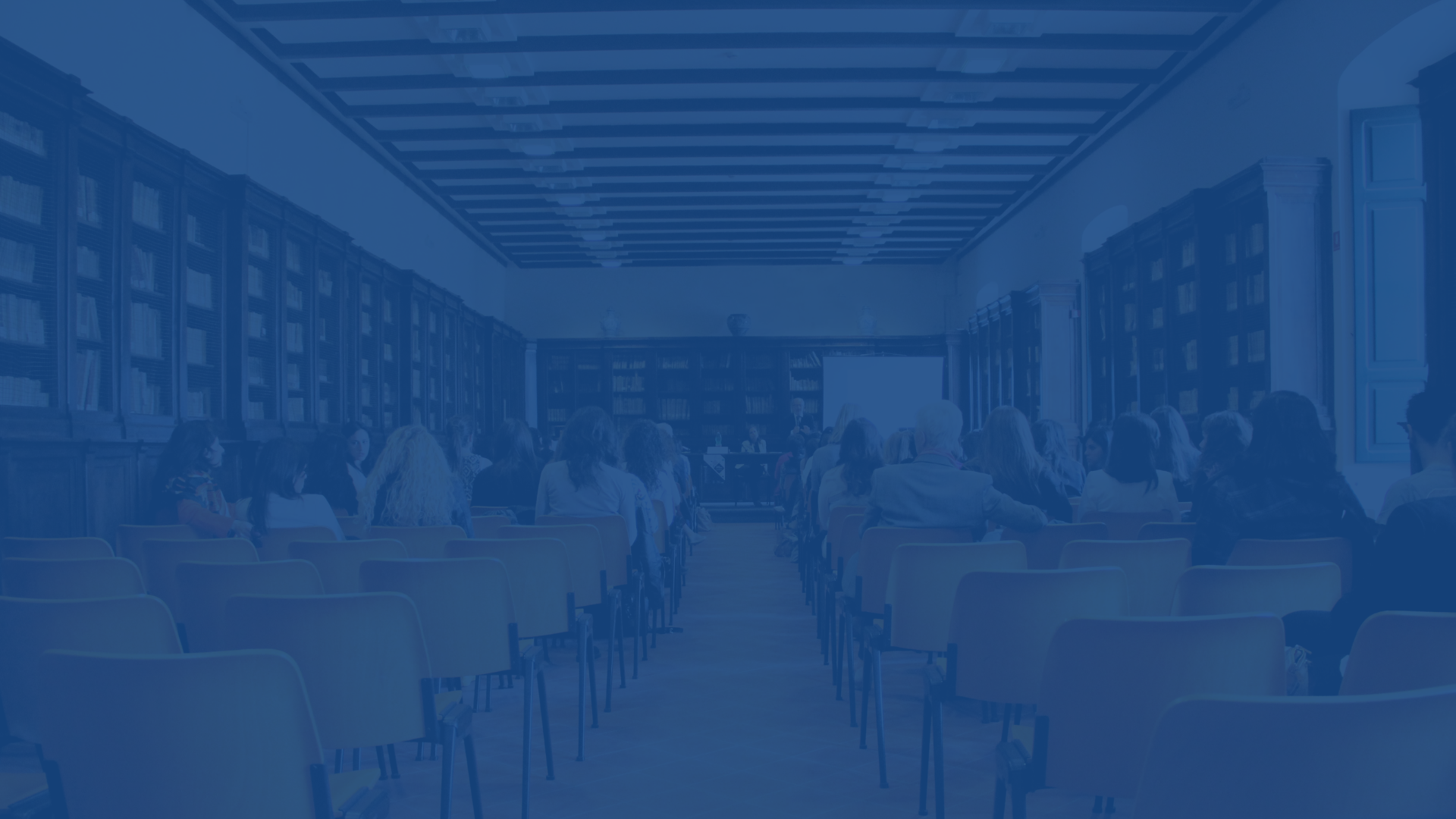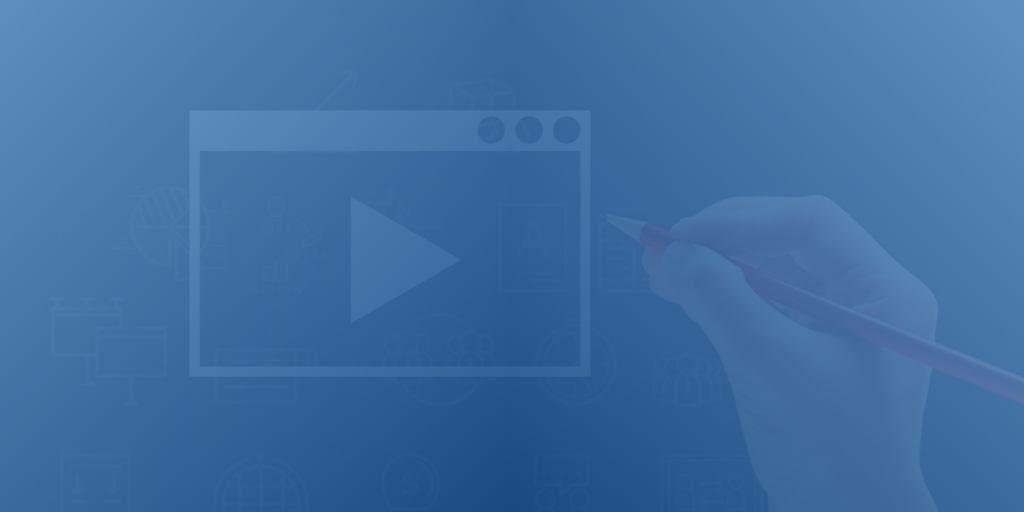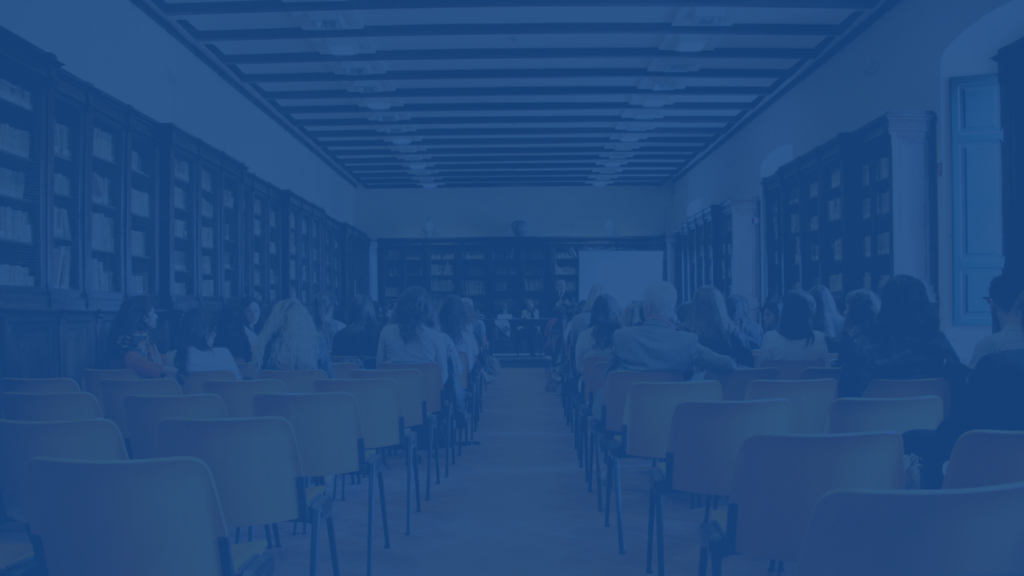The SDR Symposium Q1 Recap
April 23, 2021

The SDR Symposium
What is it? Why does it exist? What are we hoping to accomplish?
Over the past 3 months, demandDrive has hosted a monthly ‘SDR Symposium’ series. In it, we have some of our top reps run peer-to-peer panel discussions around specific topics of interest.
You’re probably thinking, “Cool, but why should I care?”
Long story short, we found that the Symposium Series was the best way for us to replicate the in-office energy & learning environment we once had. We’re big on peer-to-peer learning, and with the shift to a WFH environment, it was hard for our reps to learn from one another like they used to.
In this article, we’ll take a look at the origins and goals of the SDR Symposium series, run through some highlights of our first few sessions, and wrap up with a look at the future.
Watch a pre-recorded recap here:
What is the Symposium and What are Its Goals?
Towards the end of 2020, our management team was talking about ways to better engage with the SDR function. How can we replicate the in-office energy and culture while we were stuck working from home?
One of the biggest missing pieces is what our training team dubbed ‘learning through osmosis.’ While stuck at home, SDRs don’t have the opportunity to listen to one another on the phones and pick up tips or best practices. They can’t just turn and ask someone why they took a call in a particular direction, or what subject line they think would work best, or how to handle a certain objection, etc.
One of our newer SDRs approached us with an idea – since we can’t physically be in an office together, is there a way that we can share best practices and answer employee questions in a virtual setting? The gears started turning from there.
So we set to work building a monthly program that highlighted our top-performers and gave them an opportunity to teach their peers.
With a mixture of prepared discussion topics and questions from the audience, our SDR Symposium was born!
The goal of our symposiums is to find a topic that our SDR-base wants/needs more training and insight on – topics are voted on by SDRs and prepared by the training, marketing, and SDR leadership teams. From there we tap 3-4 top performing reps (picked by management) to join us as panelists. Then we prep them on the questions we plan to ask & prepare any materials for the event.
The SDRs field questions from the host & the audience, all for the benefit of our audience. It’s as close as we can get to the ‘learning by osmosis’ that reps were used to.
I highly recommend starting something similar at your own companies. It’s a great way to give your senior reps a sense of purpose, open up learning opportunities for newer reps, and give everyone a chance to share best practices/advice/questions.
Highlights from the First 3 Sessions
Let’s take a look at the 3 sessions we ran in 2021 so far. We’ll cover a big point from our panelists, a newer tactic that was brought up, and a surprising note from each session.
Session 1: Flipping Pipeline
Coming out of the new year, a lot of reps had calendars chock full of those “talk to me next year” meetings. How can they best approach those conversations?
Big point: This isn’t a ‘one and done’ practice, you need to have a strong process behind it. Keeping track of conversations in both your CRM and a separate document (like a Google Sheet) so you have conversation highlights and relevant information to reference is a must for this to work.
New tactic: When it’s time to resurface an email conversation, don’t start a new thread. Go back to the previous thread and restart the conversation there. It shows the prospect what you’ve talked about previously as a reminder. One of our reps has found a ton of success with going into the old thread, replying with a ‘reminder’ value prop, and then just dropping in some time to connect – almost as if the conversation was never put on hold.
Surprising note: Our panel wasn’t well-versed in the ways of nurturing prospects on LinkedIn. Most of them agreed that staying in touch on social is a good idea, but they all admitted to not doing it consistently. This told our training team that a social selling workshop would probably benefit our team.
Session 2: Cold Calling
SDRs know that having a strong foundation in cold calling is a key to success. Your ceiling is only so high if you neglect the phone. Getting some cold calling best practices was the most requested topic from our SDR team for the next symposium topic.
Big point: You cold call best when you get in a routine. And everyone’s routine is different. Teams try to force call blitzes and whatnot on their reps because to most managers, ‘more dials = more leads.’ BUT, if that blitz takes a rep out of their rhythm, it won’t do anything but distract them. The best cold callers set themselves up for success in a repeatable and predictable way.
New tactic: Minimize research to maximize time on the phones. One of our reps has been in the role for a while now, and has achieved a certain level of subject matter expertise. Because of that, he’s able to navigate a live conversation without needing to do a lot of prep work. His ‘research’ is limited to knowing the prospect’s name, title, and the company they work at. From there, he does his research live on the phone – a tactic he calls phone mapping.
Surprising note: Our panel isn’t well-versed on the benefits of video prospecting. In fact, even though video is on the rise (and has been for a while), no one on our panel had experimented with video prospecting. What gives? It’s another instance of us recognizing a gap in our training process – now we know that we could run a symposium on video prospecting in the future with some reps who HAVE tried it out.
Session 3: Cold Email
After a session on cold calling, it only made sense for us to run a symposium on cold email. We’re really working on building out the ‘core’ skills of an effective SDR with these symposiums, and when a rep can effectively combine cold calls & cold emails, their ceiling is way up there.
Big point: Short and sweet! When picking between writing a long email or a short email, our panel preferred short.
“I didn’t have time to write you a short letter, so I wrote you a long one.” – Mark Twain
More and more prospects open up email on their phones, and if it’s too long it just won’t get read. Same goes for the subject line. Best practices show that subject lines should be between 4-6 words, and emails overall should be 70-150 words. It doesn’t guarantee you better results, but our panel has done a lot of experimenting and arrived at the ‘shorter is better’ conclusion.
New tactic: More often than not, SDRs will bullet out 2-3 value props in their first email, and then don’t reference them again in follow-up messages. It’s kind of like tossing spaghetti at the wall and seeing what sticks. Instead, one of our panelists talked about breaking those value props up into separate emails. Not only will it extend your cadence, but you’re frontloading a ton of value at the start of your cadence. It demonstrates your expertise and builds credibility instead of having you come across as an annoying salesperson.
Surprising note: Our panel did a lot of assuming in their messaging – something that I’m typically not a huge fan of. But they managed to do it in ways that really benefited them – most notably because they are all well on their way to becoming SME’s for their projects. The more you know about the industry, persona, and product you sell, the more you can assume in cold email.
What Do We Plan on Tackling Next?
So far, our symposiums have been helpful, but they haven’t been super active. It’s a lot of talking ‘at’ an audience, rather than engaging them like we want. We’re planning to bake in some polls and audience questions throughout the presentations to get our SDRs more engaged and active during the event.
We’re working with our SDRs to plan out the next crop of topics for Q2 and beyond. Our goal is to establish a committee of sorts that helps us run these (from an SDR standpoint) and acts as a liaison between us and the reps. Some of the potential topic ideas we received are:
-
Communication as an SDR (working with management) & WFH Tips
-
Alternative prospecting methods (highlighting social selling & video)
-
Effective research tactics
-
Overcoming/diffusing objections
-
Post-Handover responsibilities
-
Personal Development
-
Sales Tech Stacks
We’re also hoping that by getting more reps involved with the production of these events it will tease out SDRs who are looking to do something other than be an SDR. We see it as a great opportunity for reps to get involved with the training team, marketing team, and generally the overall growth of demandDrive.
And that’s our SDR Symposium series in a nutshell! If you’re interested in continuing the conversation or have questions about starting something like this at your own company, don’t hesitate to reach out to our team! We’d be happy to chop it up with you.
Let’s talk about your path to success
Lorem ipsum dolor sit amet, consectetuer adipiscing elit.





